I designed parts of LPG inscriber in FreeCAD and printed on my MendelMax.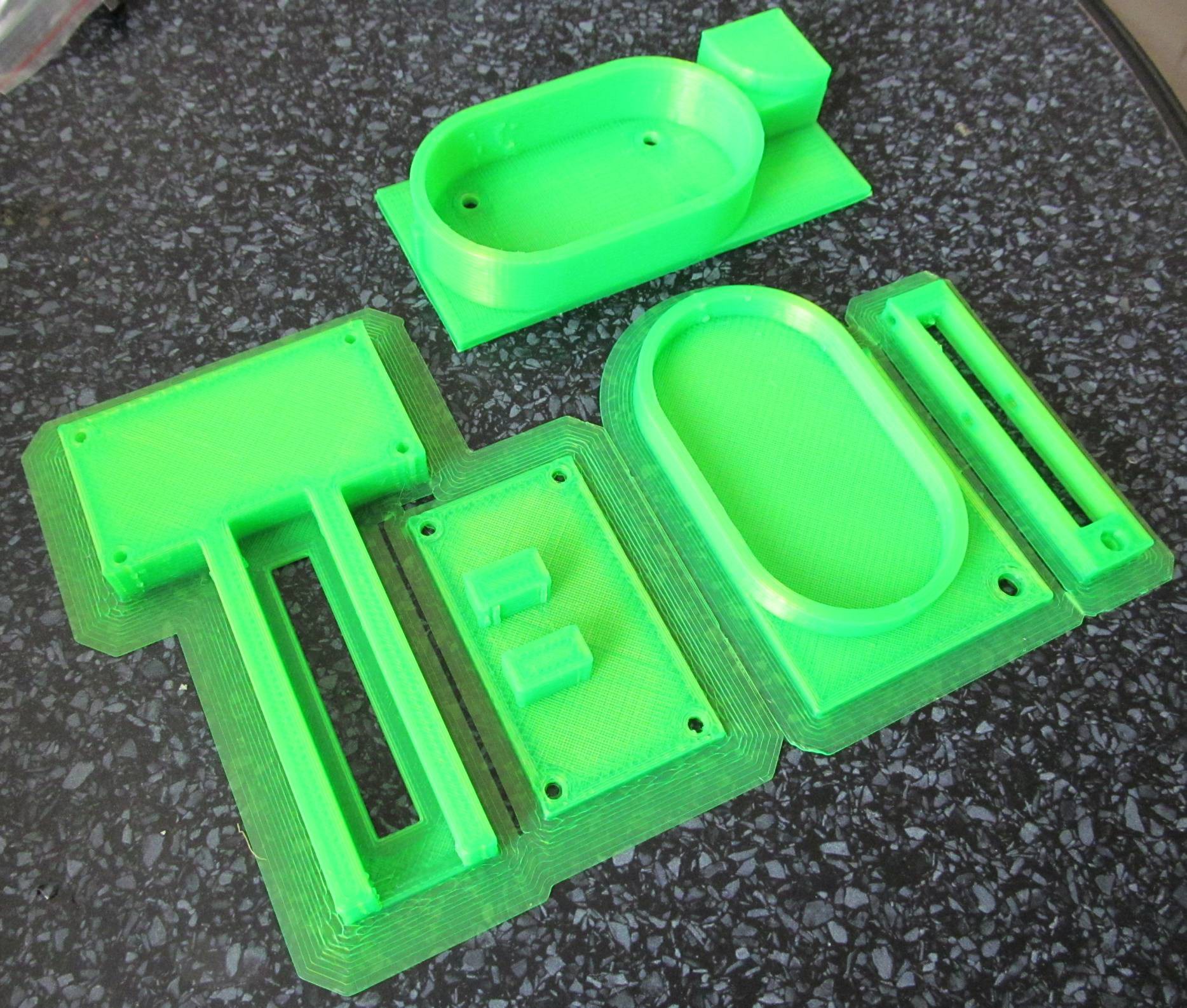
Then I attached it to my translation stage (no rework was needed, it was OK on first try) and connected stepper motor driver. Firmware in driver is brain-dead simple - afer reset it just does number of steps, hardcoded in source. To adjust number of steps, I need to recompile and burn new firmware. It is enough for development.
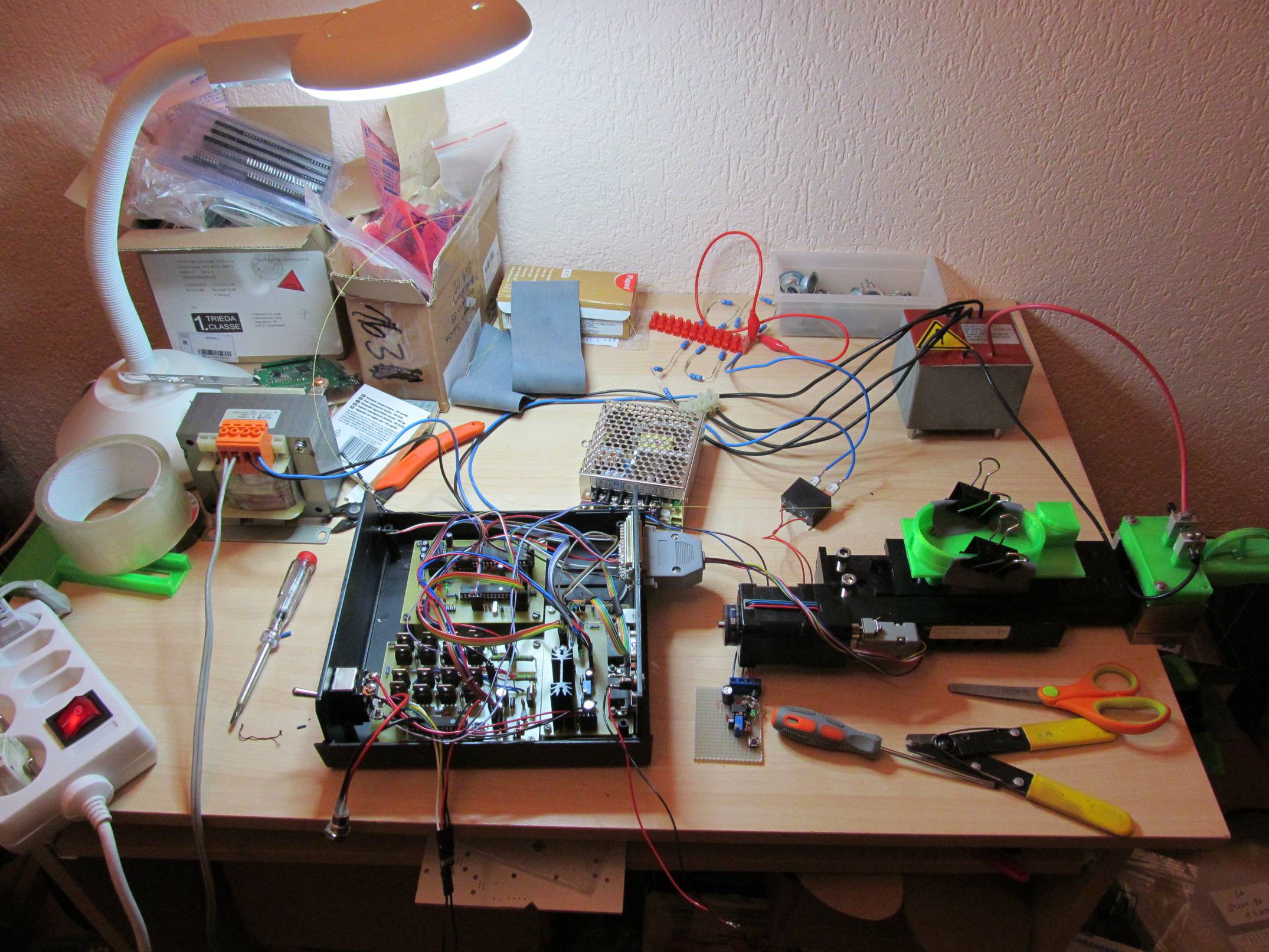
I played a bit with electric arc. At first I had transformer directly connected to electrodes, but the arc was quite wide. So I tried single way rectifier on secondary and resistor current limit on primary side. I didn't have HV rectifier in my junk box (5kV effective secondary voltage, more than 7kV peak-to-peak) si it was executed as 12 pieces of jelly-bean 1N4007 diodes. Theoretically, 8 would be enough, but I ut some safety margin here. Resistor limiter is just 12 resitors 68Ohm/2W in series, because I had it on hand.
Rectifier didn't help a lot, but current limiting resitors did. Arc is now thinner and easier to control. By bridging the particular resitors I can control the amount of current flowing through secondary (and arc too), so I can increase the arc power later, if needed.
Then I took optical fiber and secured it in holders using office clips and piece of rubber (rubber bandage from medical shop). The total weight on the free end of fiber was approximately 150g.
At first I tried applying arcs on the fiber, with no optical measurement. At full power (limiting resitors bypassed) I cut the fiber, at low power (all limiting resitors in place) I got no visible (using microscope) change on the fiber. So it seems that I have good control over the arc power and I can start working on the spectrum analyser to observe changes of spectral response during LPG inscribing.
Some more photo:
I'm using isolation transformer to keep most of the circuit isolated from mains. At least a bit of safety.
Stepper motor controller. A bit of cable mess, but it works.
Translation stage with 3D printed parts installed.
This translation stage is professional with 1um resolution and quite high pulling force, completely out of price tag I set before. It will be swapped for something less expensive (maybe DVD-ROM translation stage or something like that) after I'll confirm it's working.
Some more photos of how is fiber attached to the moving part of translation stage.
And here is fiber between electrodes.
 jaromir.sukuba
jaromir.sukuba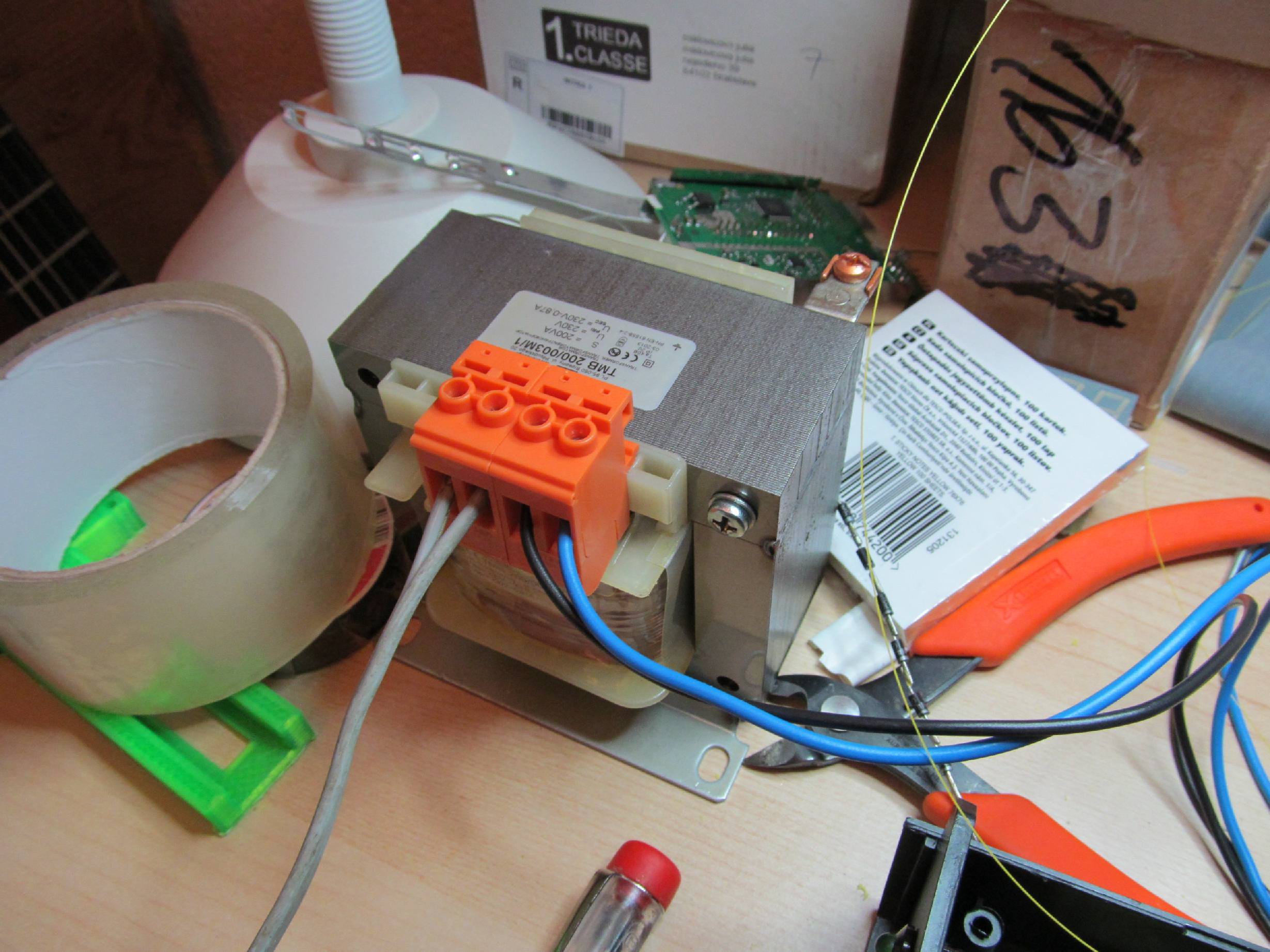
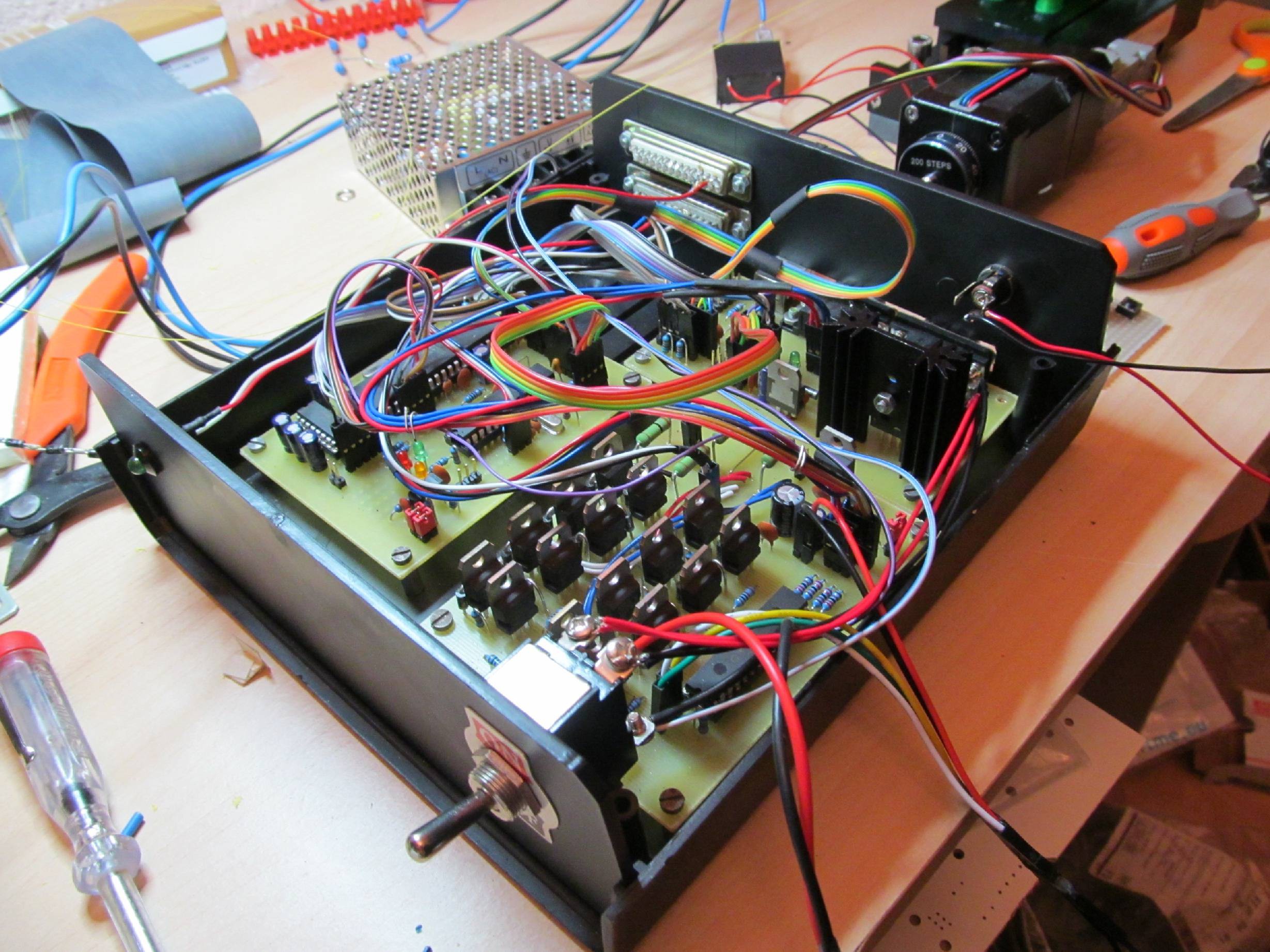
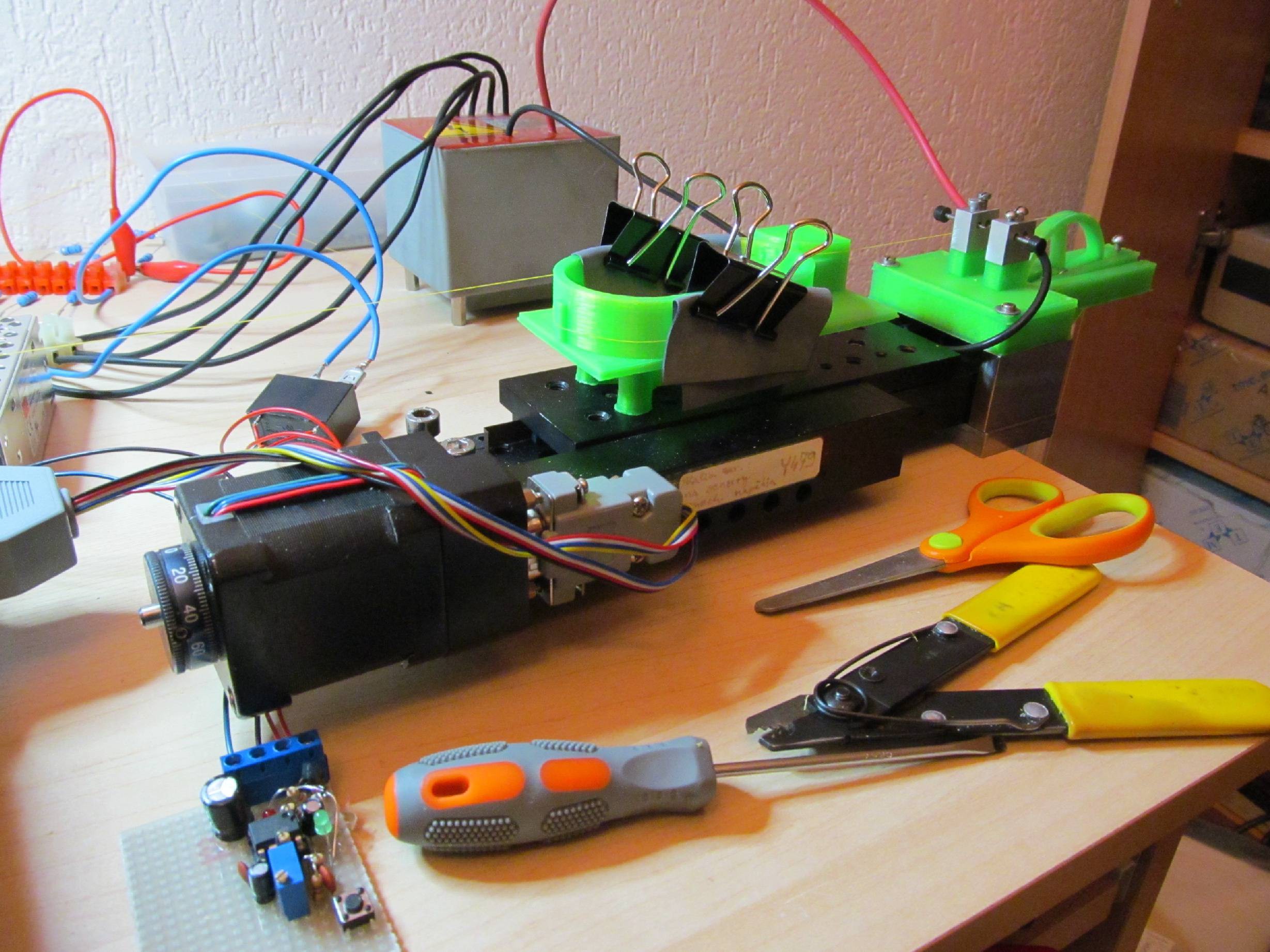
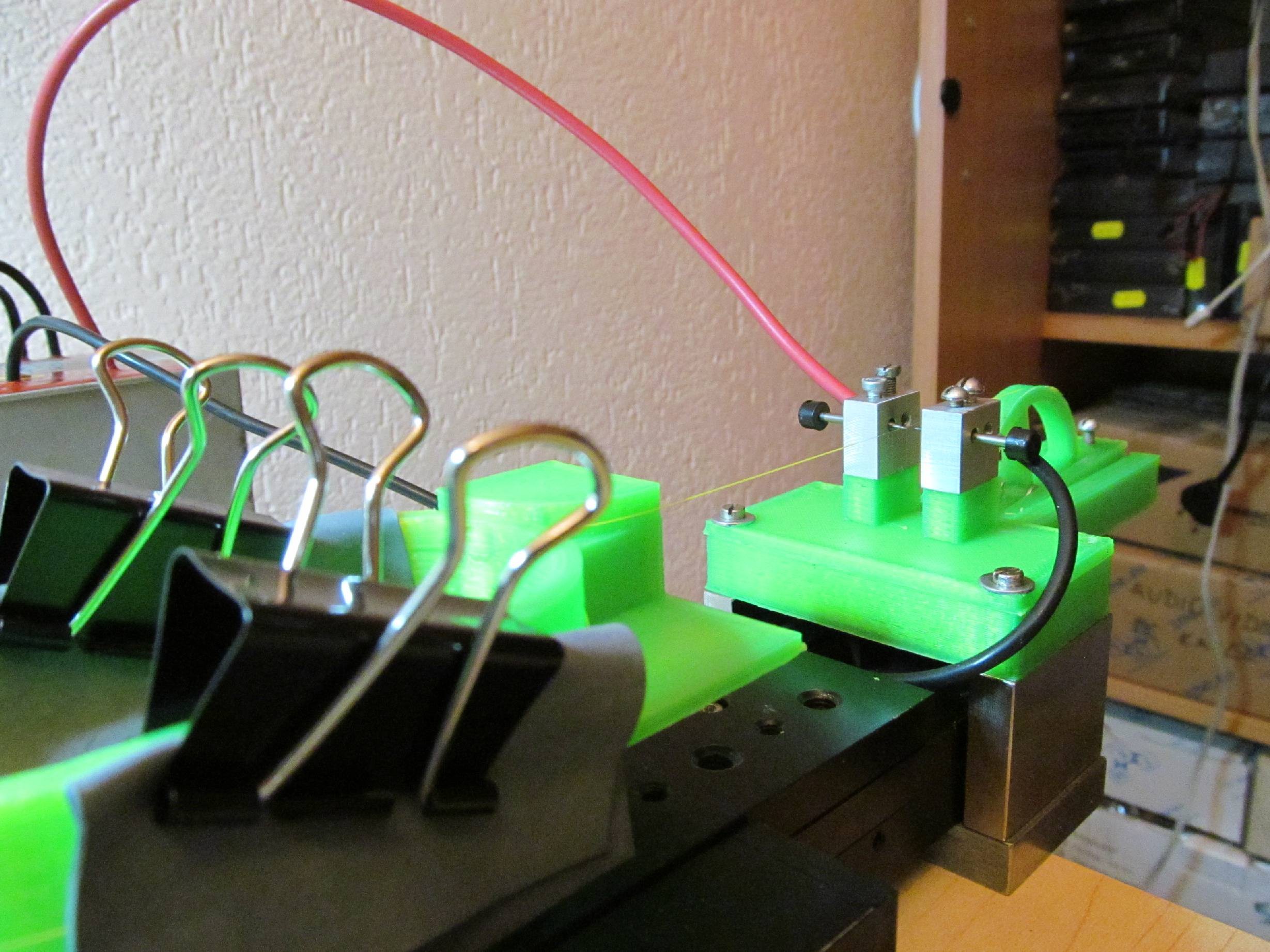
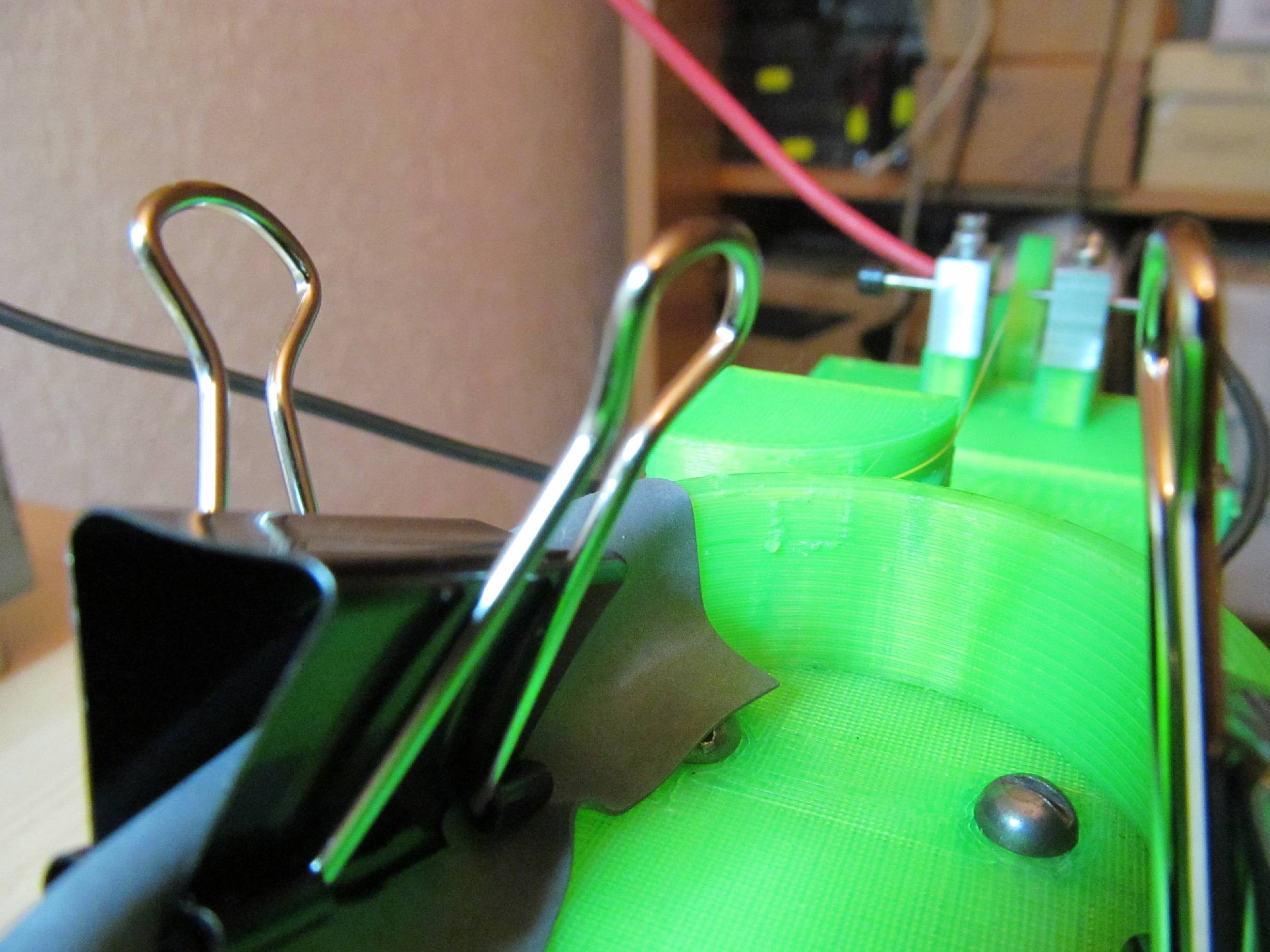
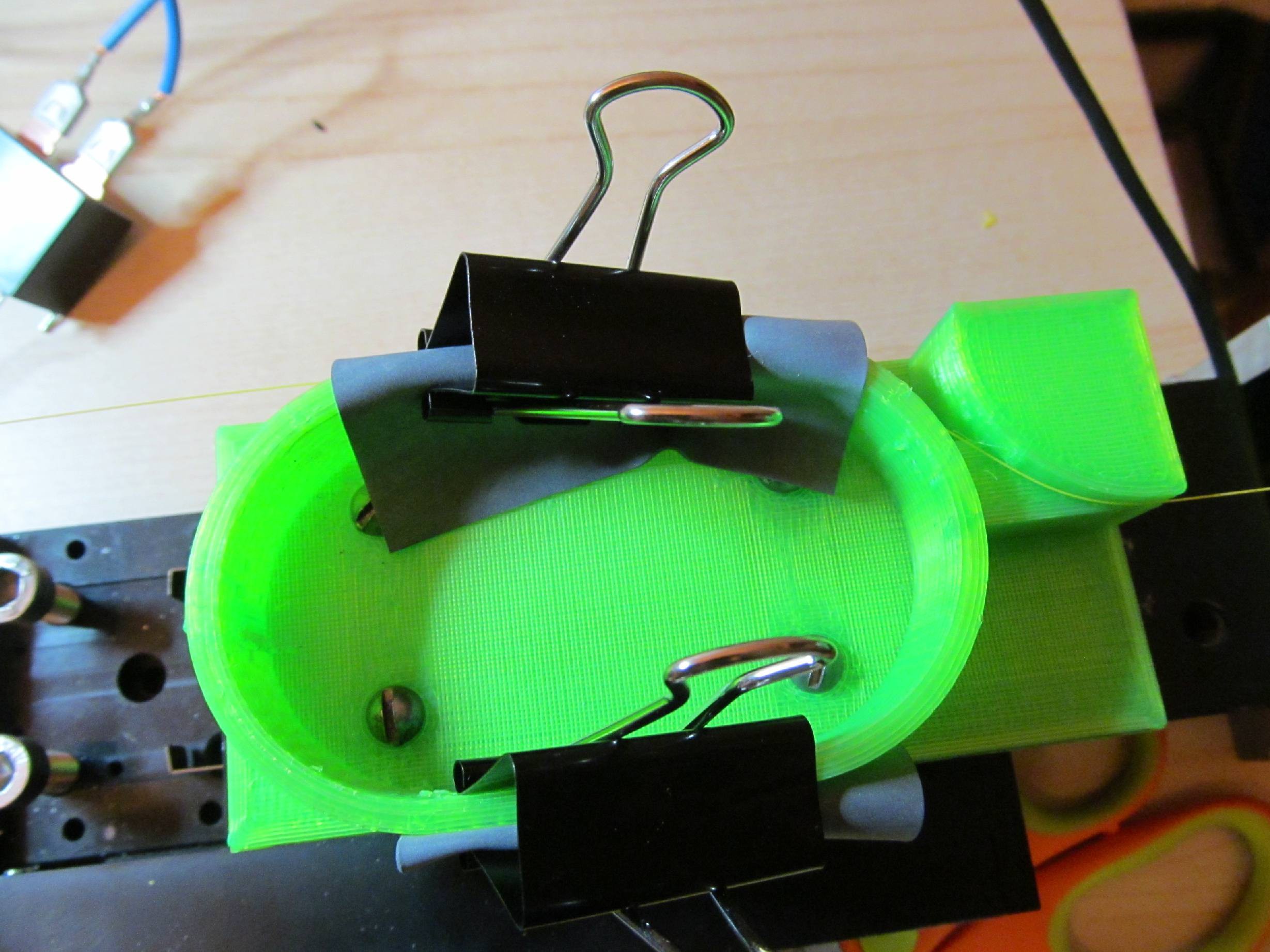
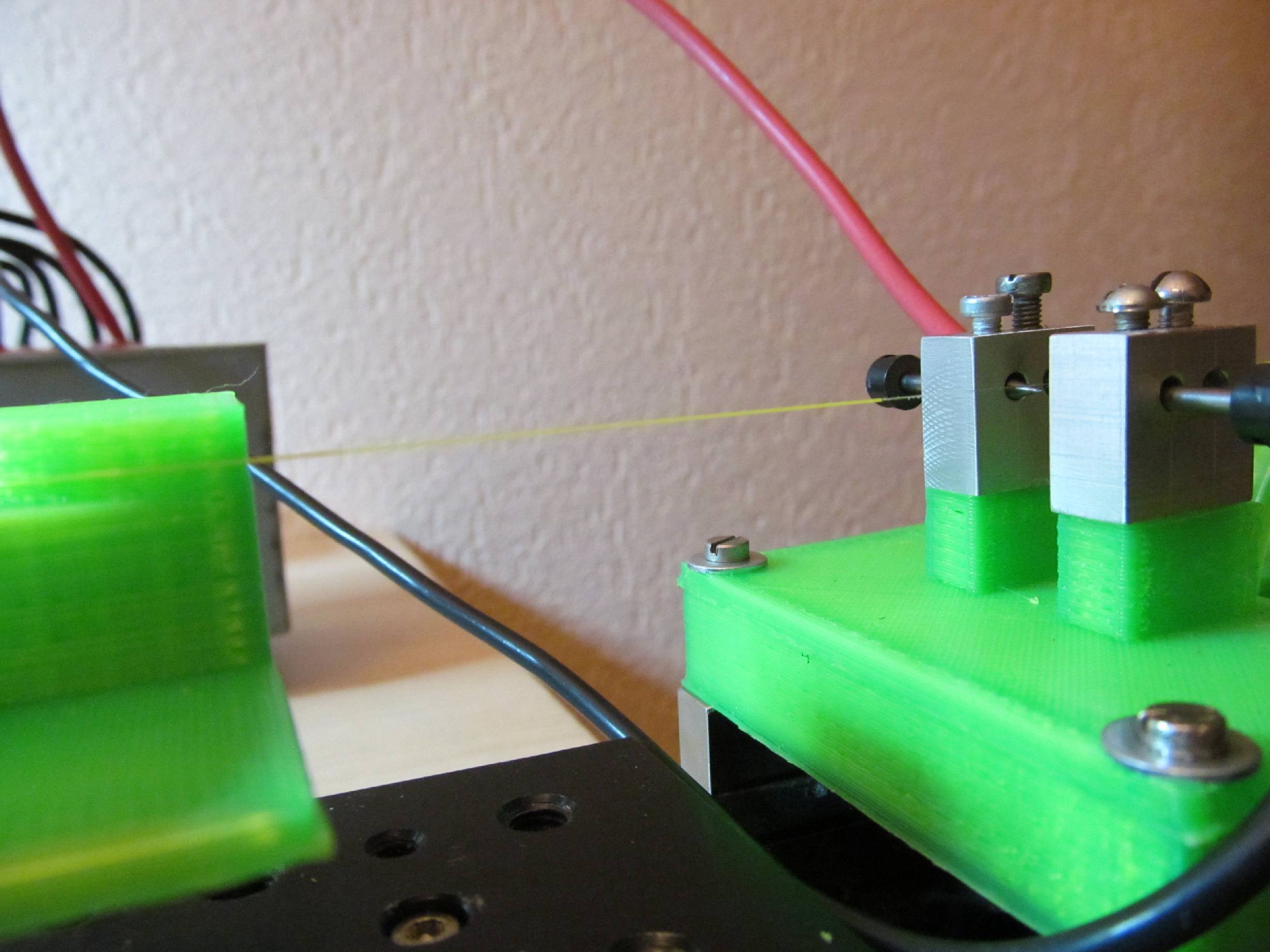
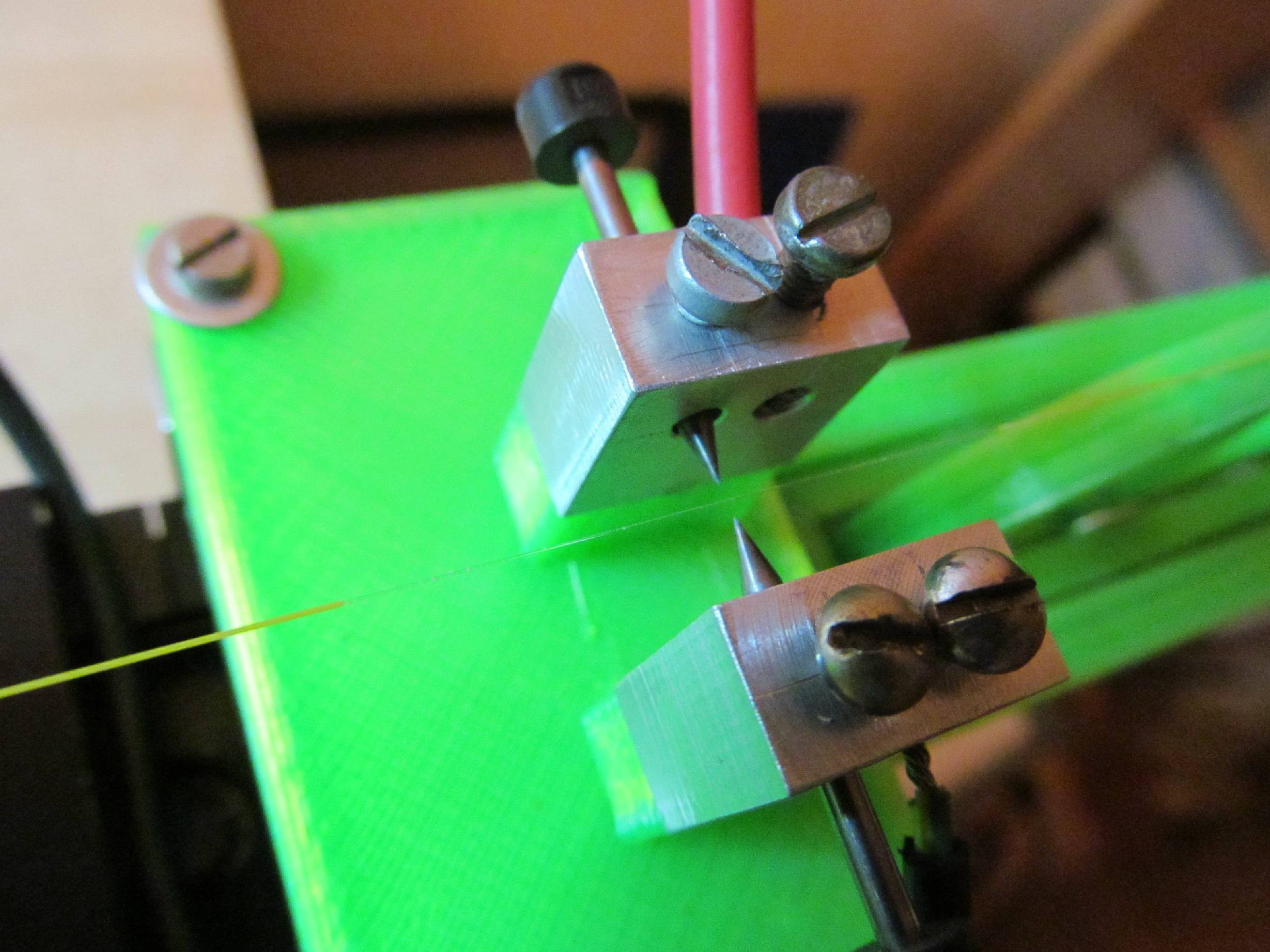
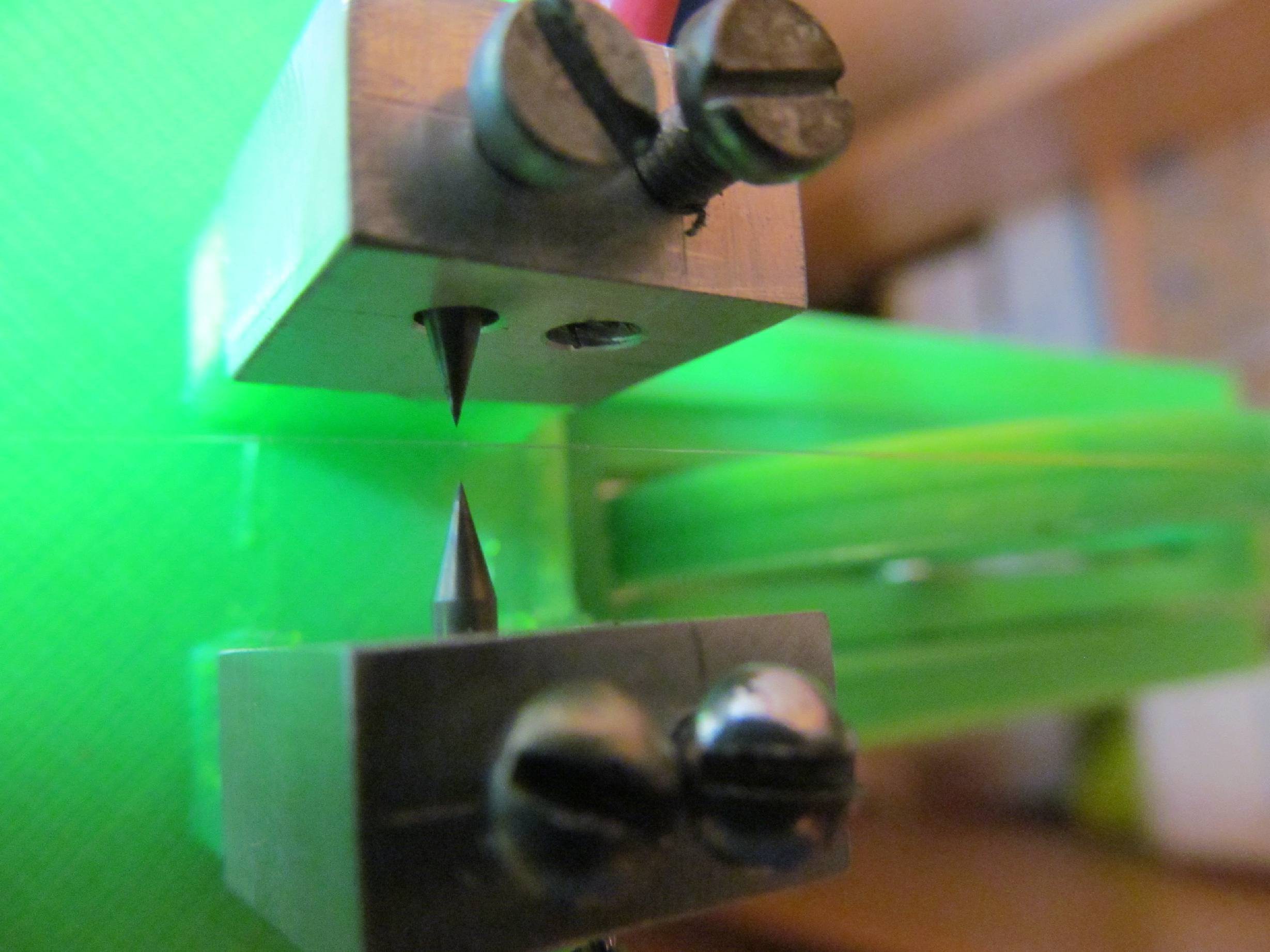
Discussions
Become a Hackaday.io Member
Create an account to leave a comment. Already have an account? Log In.